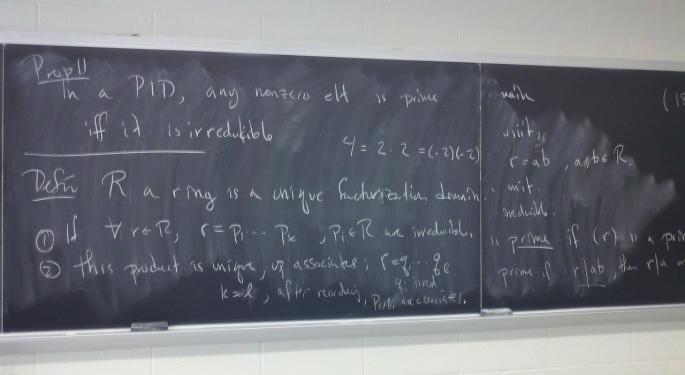A Better Method Of Estimating Market-Implied Default Rate
In a new report, Marty Fridson – chief investment officer for Lehmann Livian Fridson Advisors LLC, a wealth management firm specializing in income investing – discussed an alternate formula for estimating market-implied 12-month high-yield default rate. Fridson explained why he believes his formula provides a more accurate default rate estimate than the traditional formula break-even analysis formula.
The Break-Even Approach
The standard break-even formula, which could theoretically be used to calculate default rate is this one:
Speculative-grade (SG) yield = Treasury yield + Market-implied default rate – Recovery rate
However, Fridson pointed out that solving this equation for market-implied default rate almost always produces a rate that indicates that the high-yield market is undervalued. “In short, it is useless,” he declared.
Fridson’s Solution
Fridson’s method of estimating market-implied default rate involves regression analysis. Fridson used the December 31 distress ratio for the years 1996-2013 as the explanatory variable and the December 31 distressed default rate (DDR) for the years 1997-2014 as the response variable and calculated a correlation (R) of -0.43.
His efforts produced the following formula:
Expected DDR = -0.3031 x Distress ratio + 35.50
According to Fridson, this formula produces the best estimate of market-implied default rate any time the distress ratio falls between 5 and 50 percent.
Current Calculation
Plugging the August 31 distress ratio of 15.49 percent into the equation yields an expected DDR of 30.80 percent. When that number is multiplied by the 15.49 percent distress ratio, the resulting market-implied default rate generated is 4.8 percent.
This calculated market-implied default ratio is much higher than Moody’s forecasted 3.0 percent ratio. “Moody’s forecasting model takes into account overall economic conditions, but is not engineered to reflect the current, highly-distressed conditions in two major industries—Energy and Metals & Mining,” Fridson explained.
Therefore, the gap between Fridson’s estimate and Moody’s forecast doesn’t necessarily mean huge returns on the way from the Bank of America Merrill Lynch U.S. High Yield Distressed Index.
Image Credit: Public Domain
© 2025 Benzinga.com. Benzinga does not provide investment advice. All rights reserved.
Posted-In: Lehmann Livian Fridson Advisors LLC Marty FridsonAnalyst Color Bonds Education Markets Analyst Ratings General Best of Benzinga



